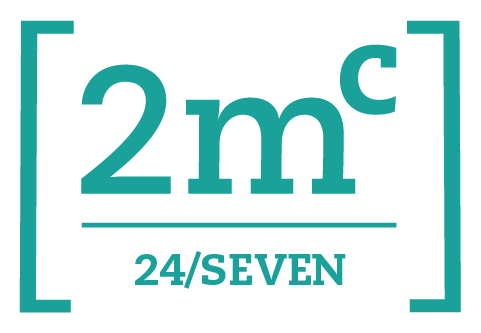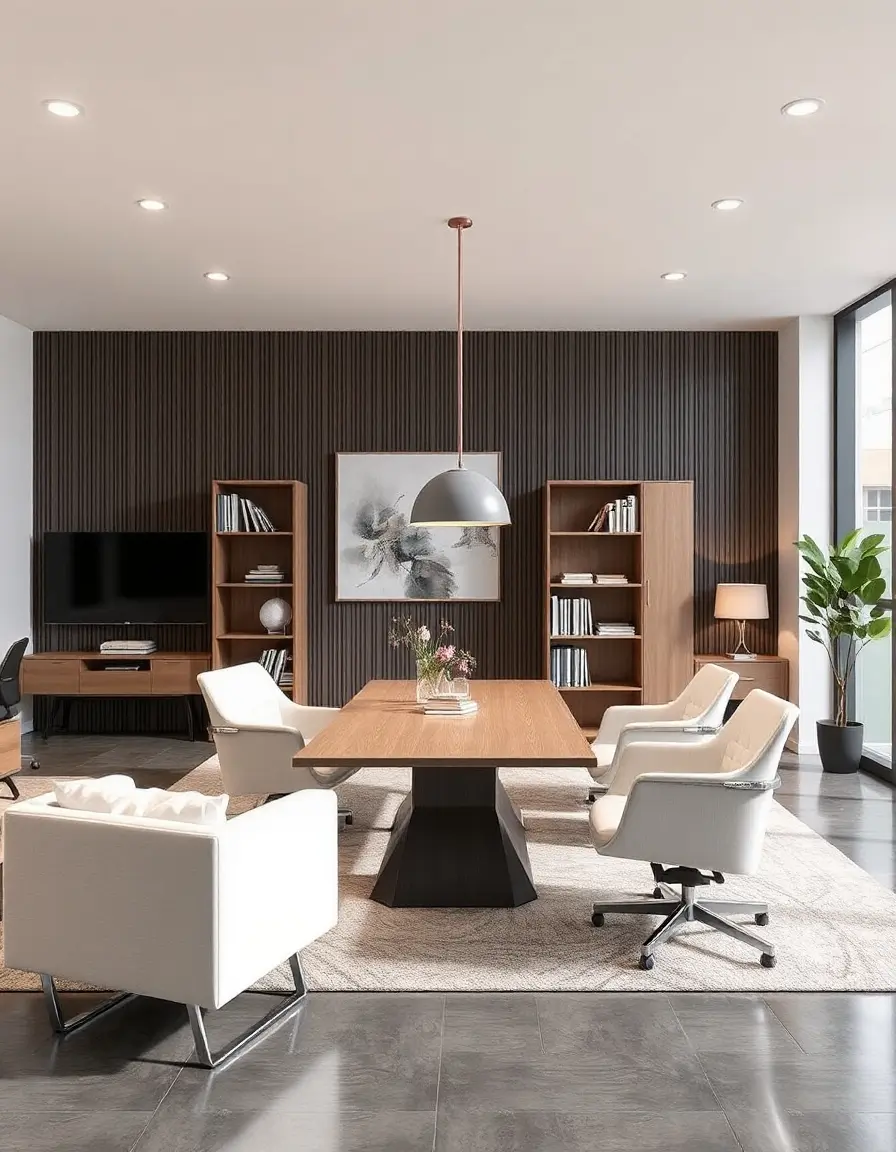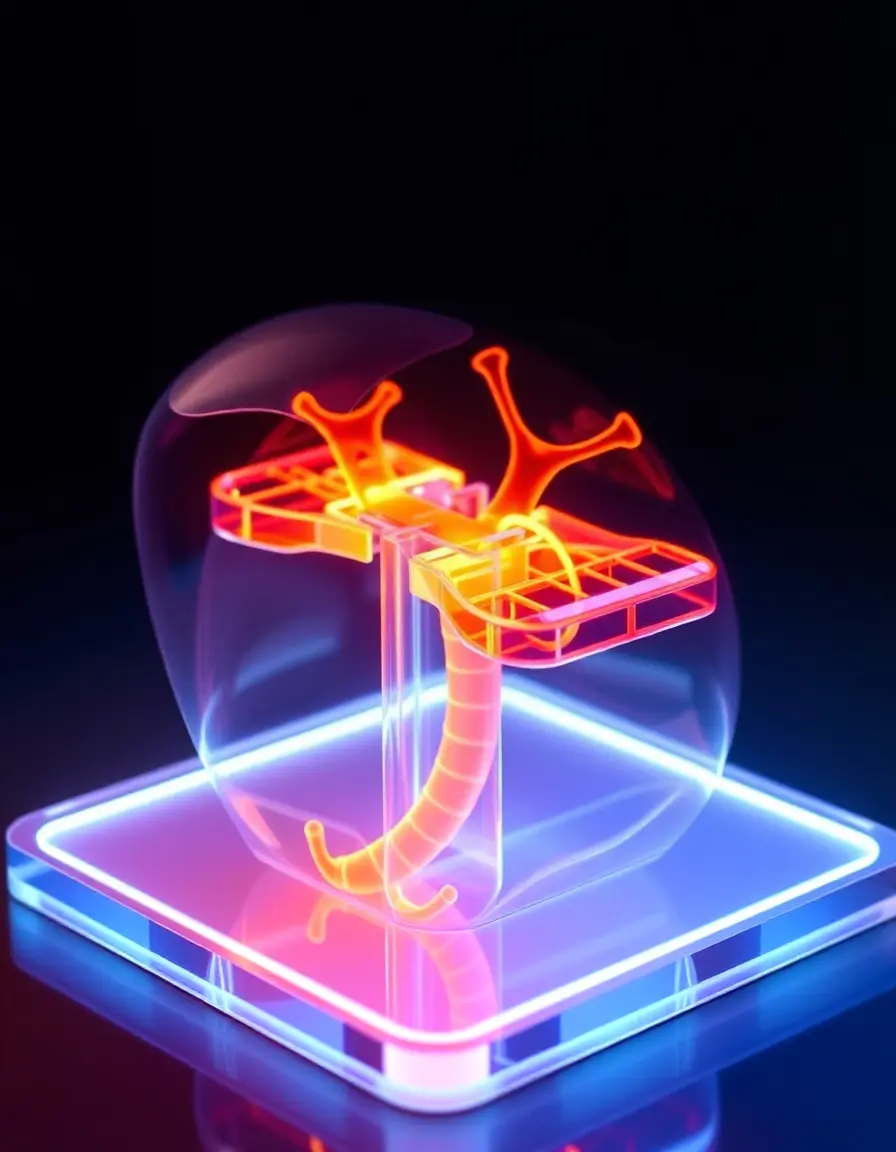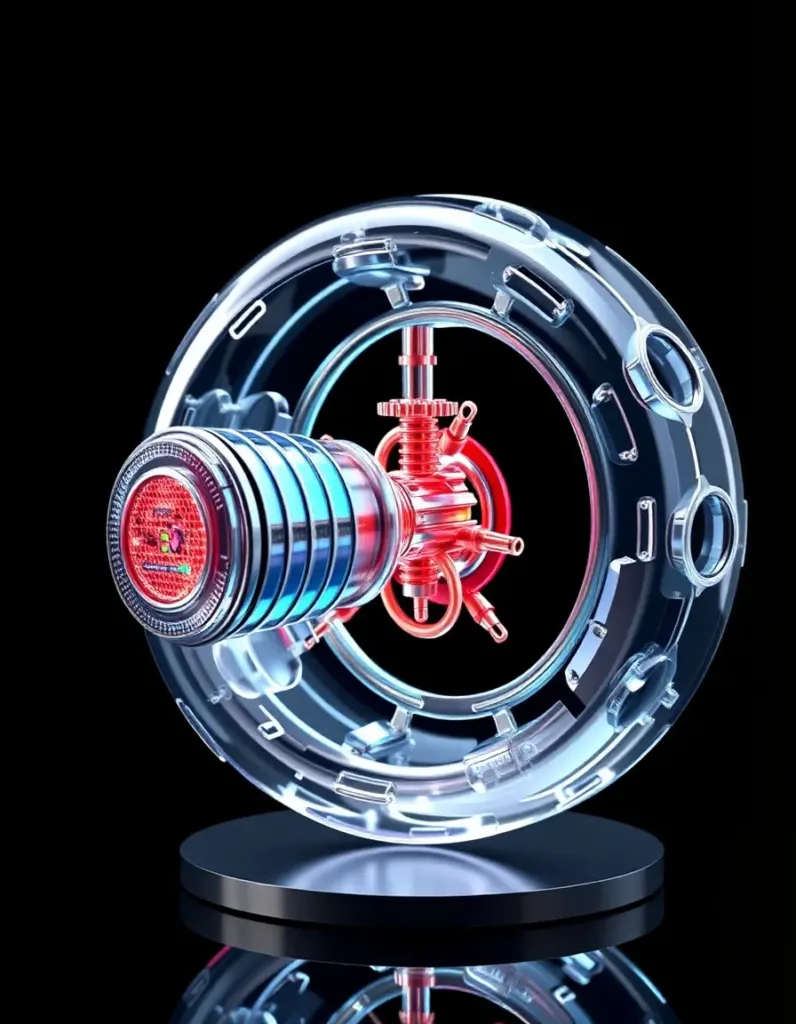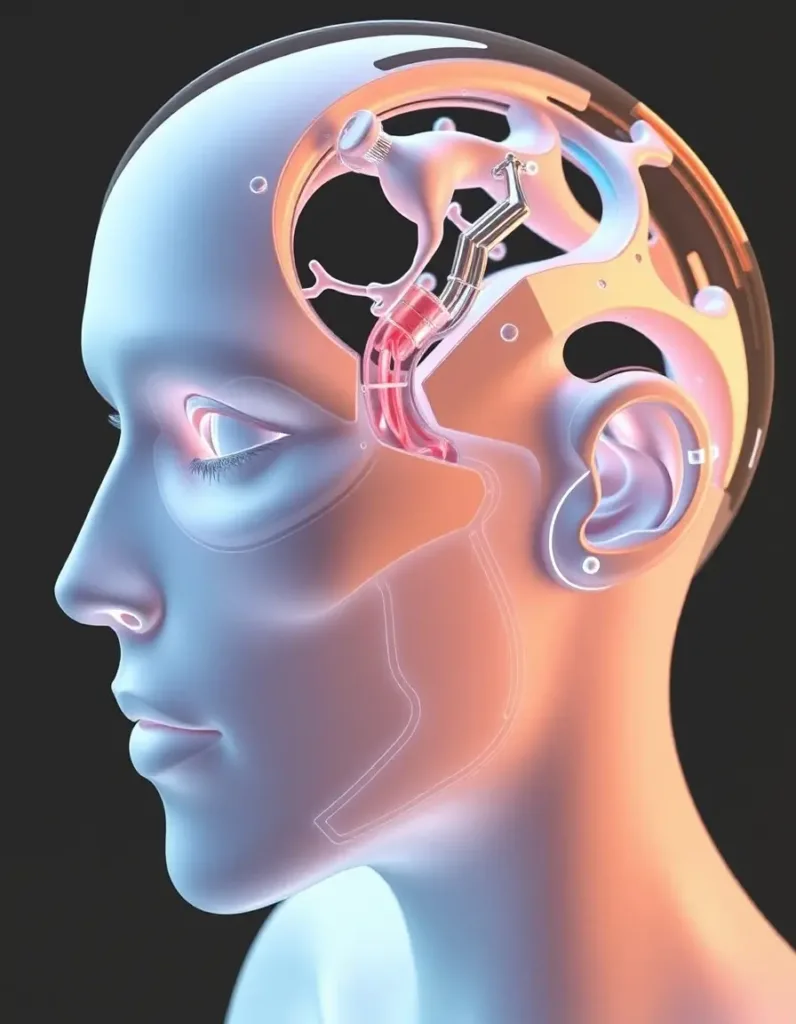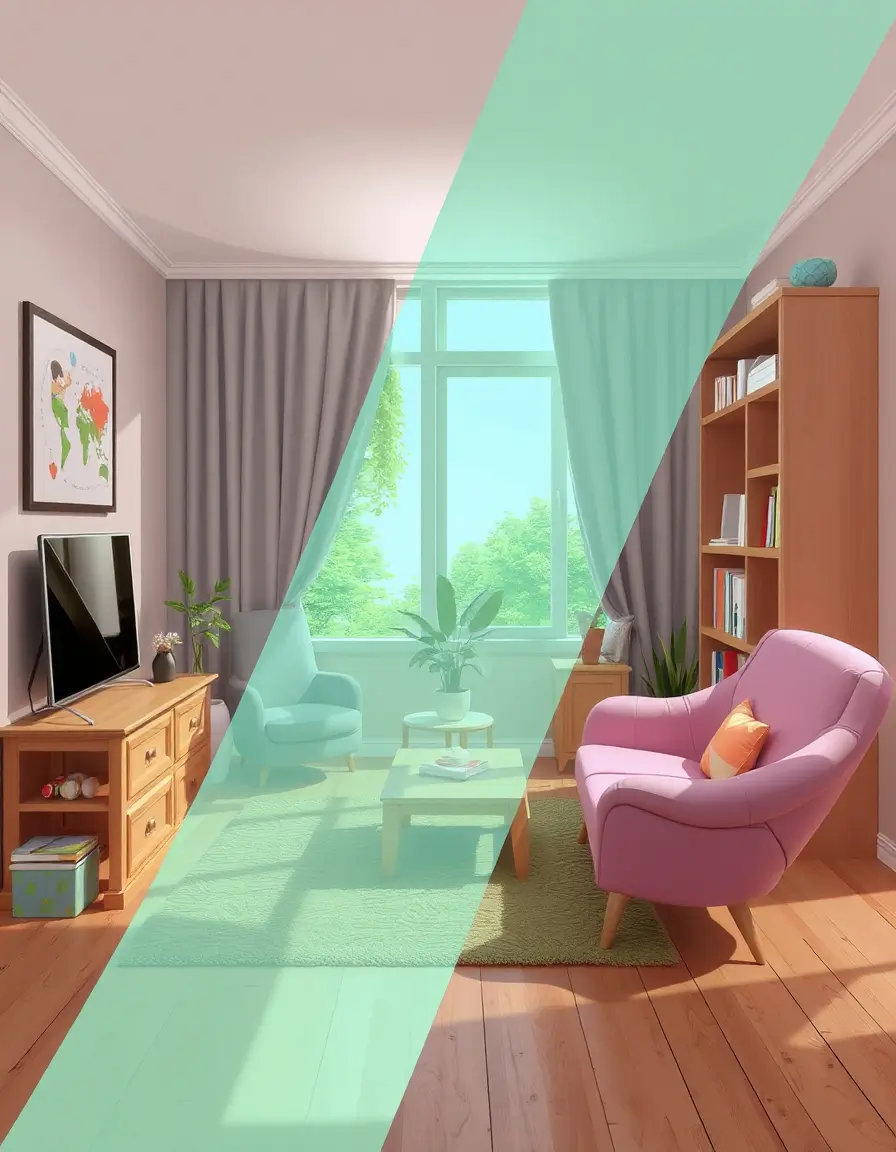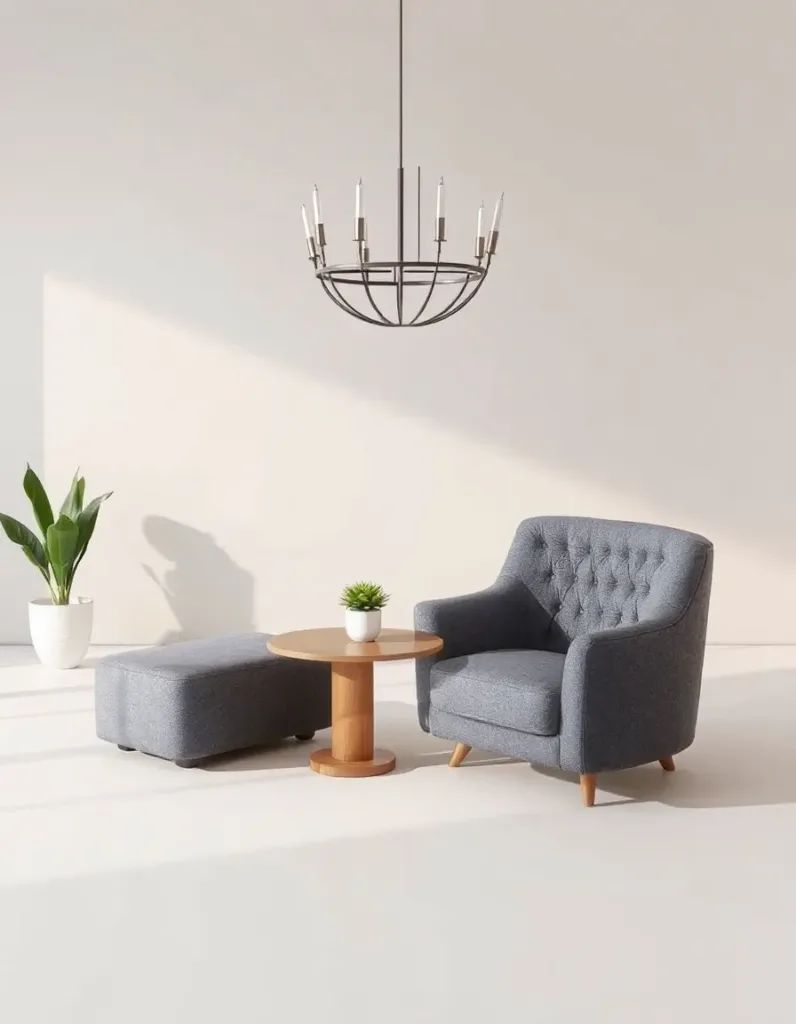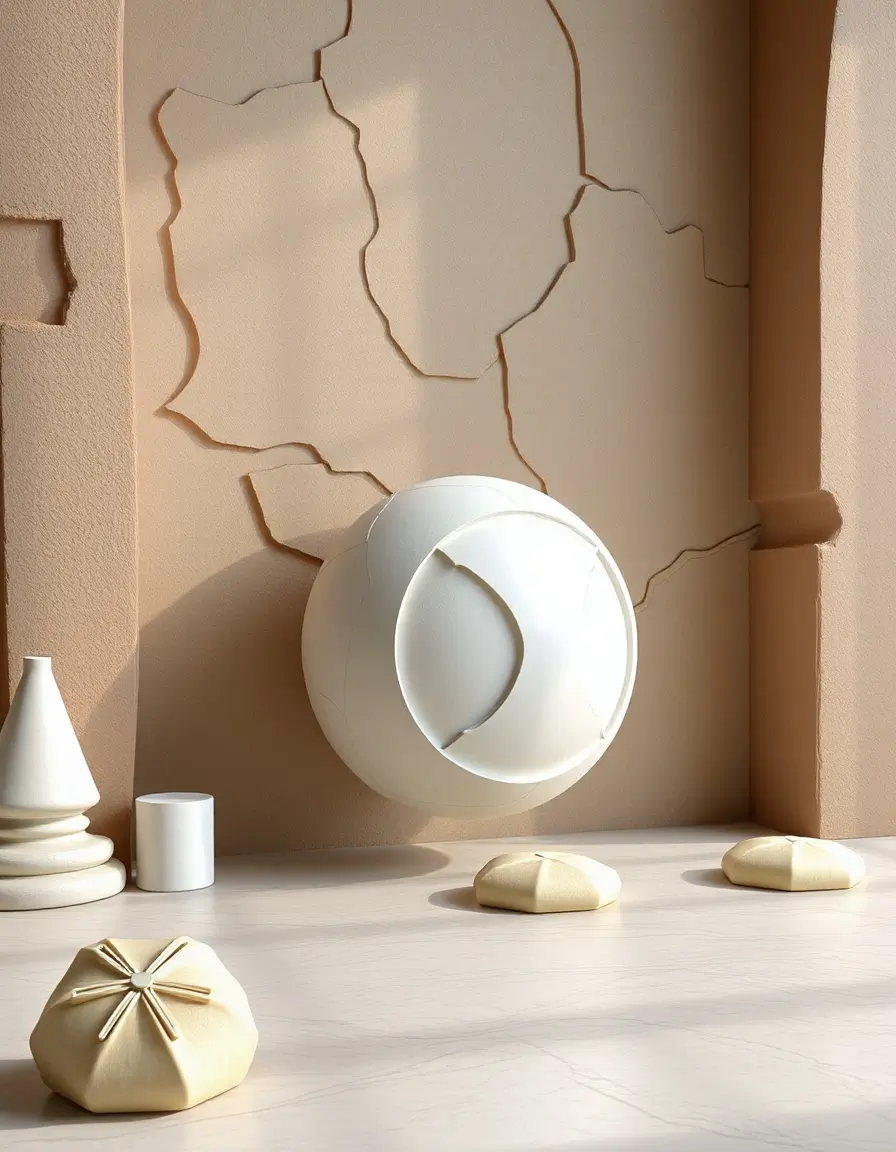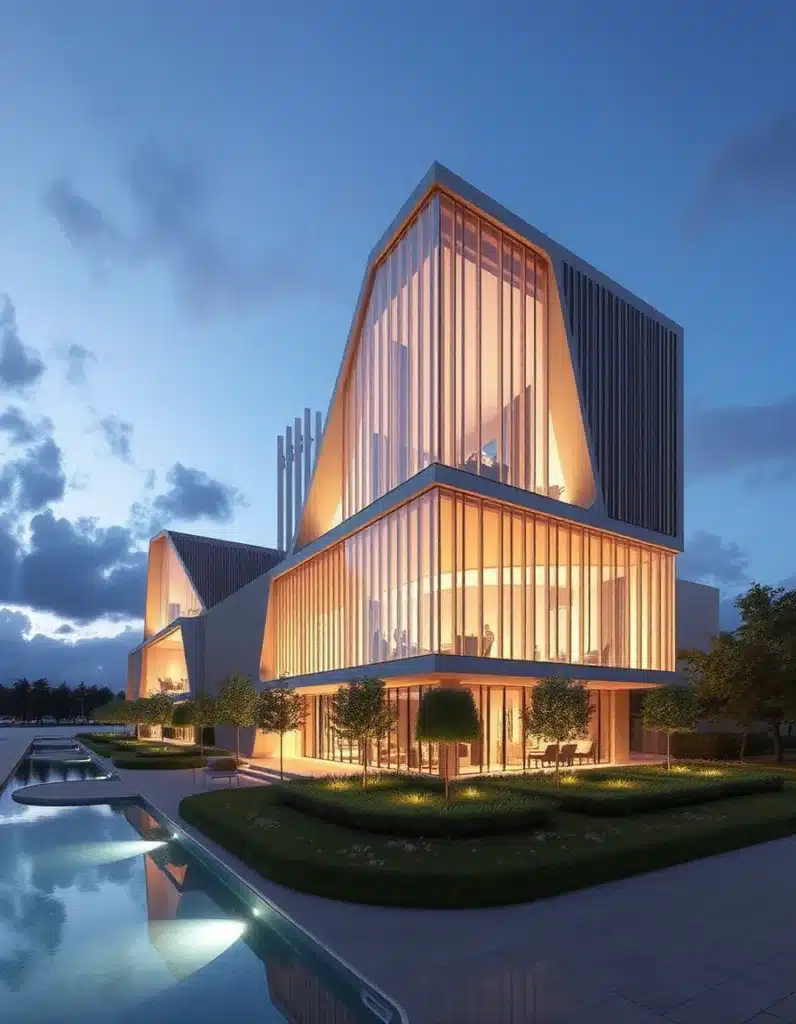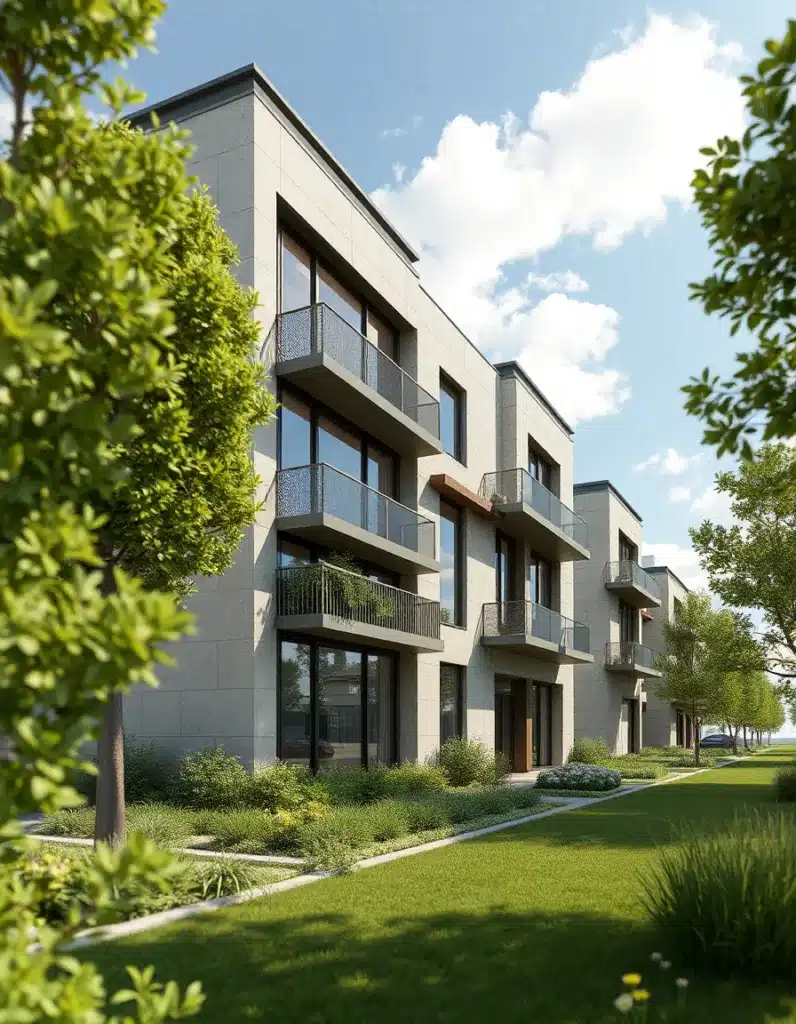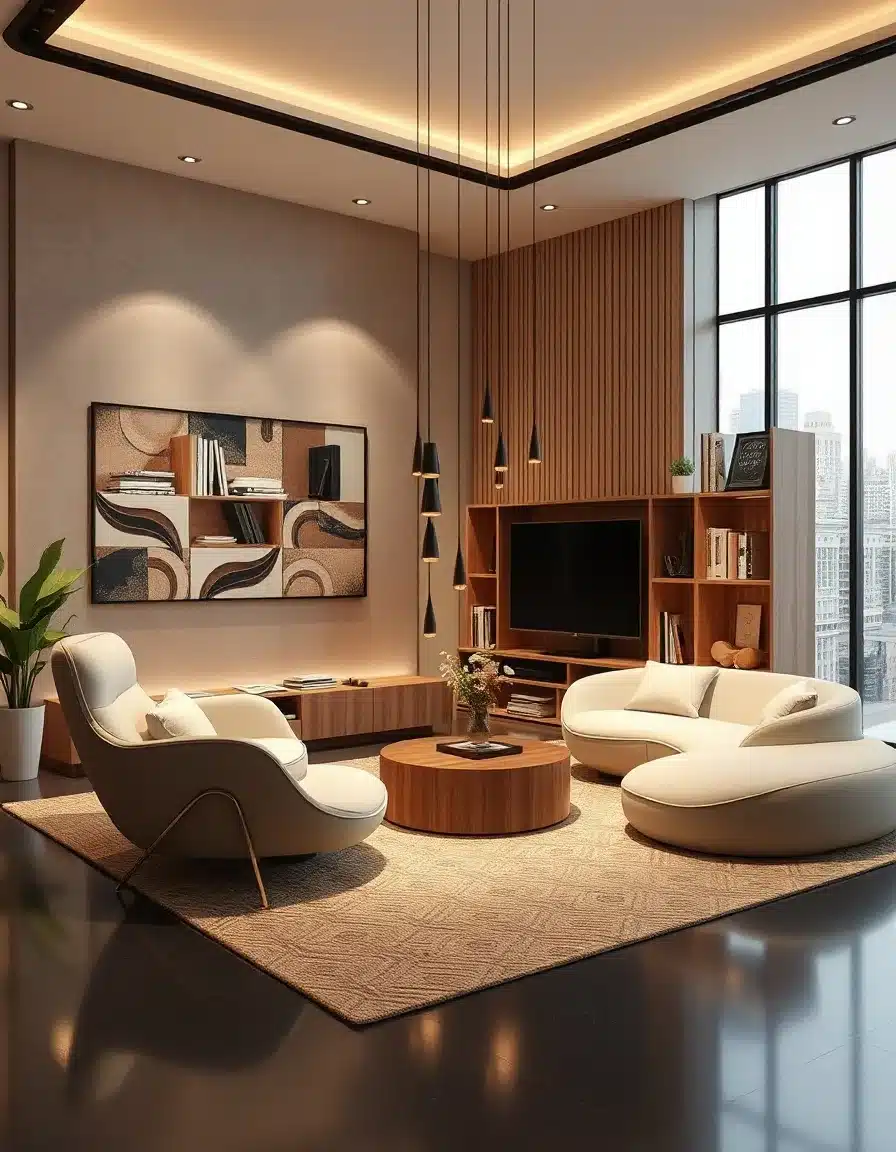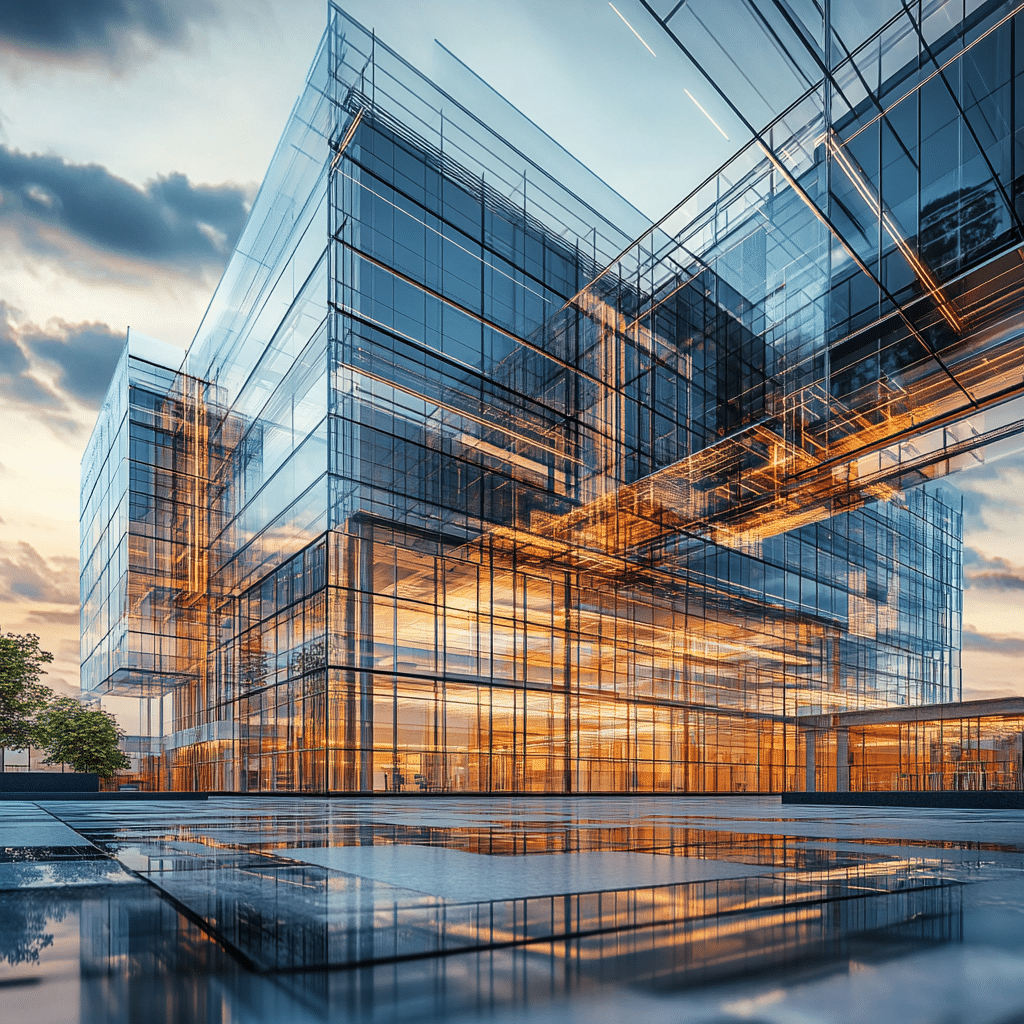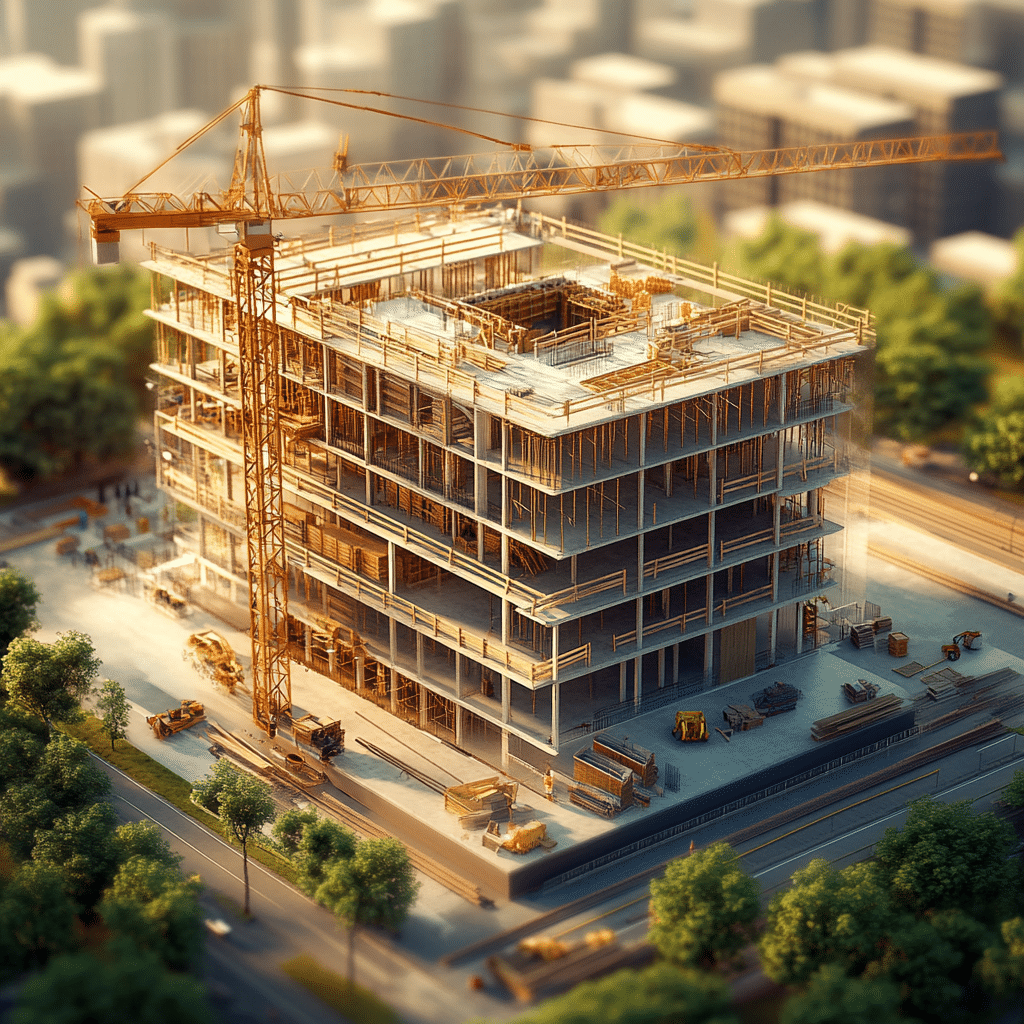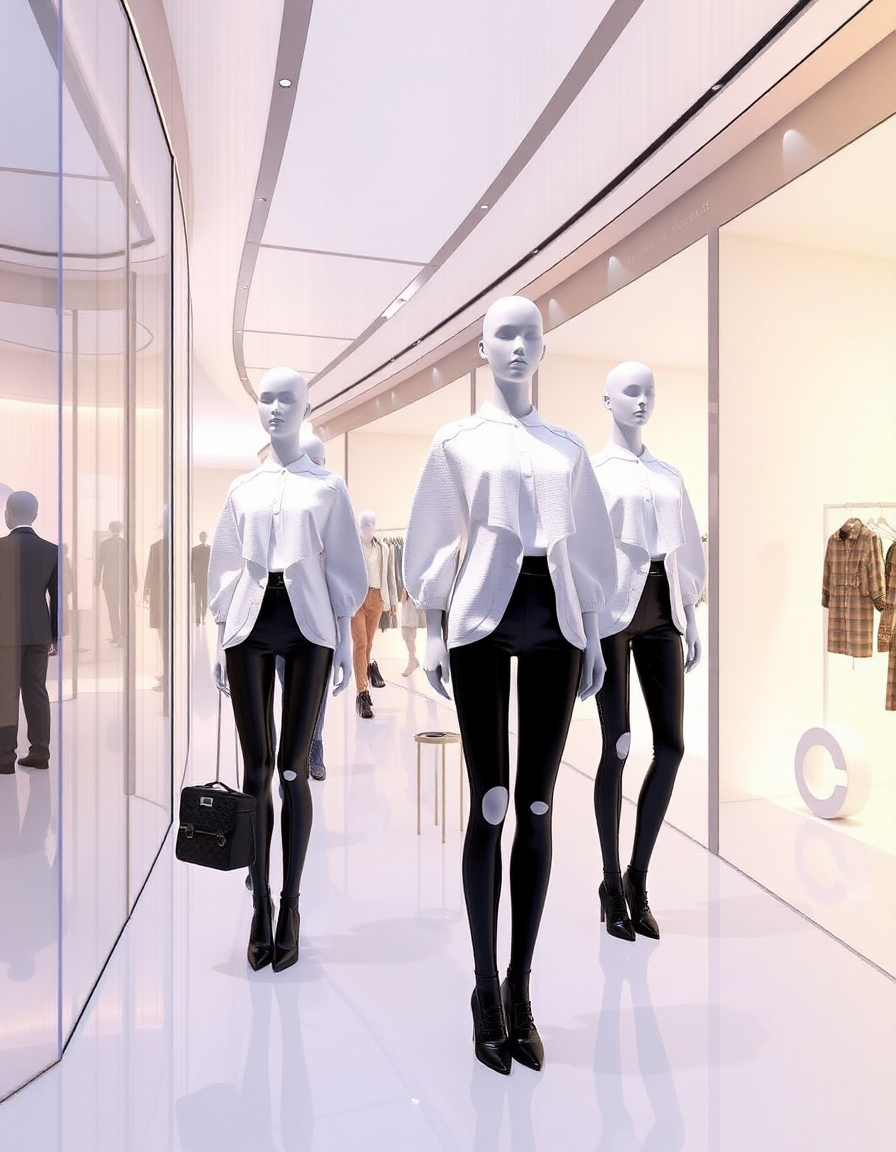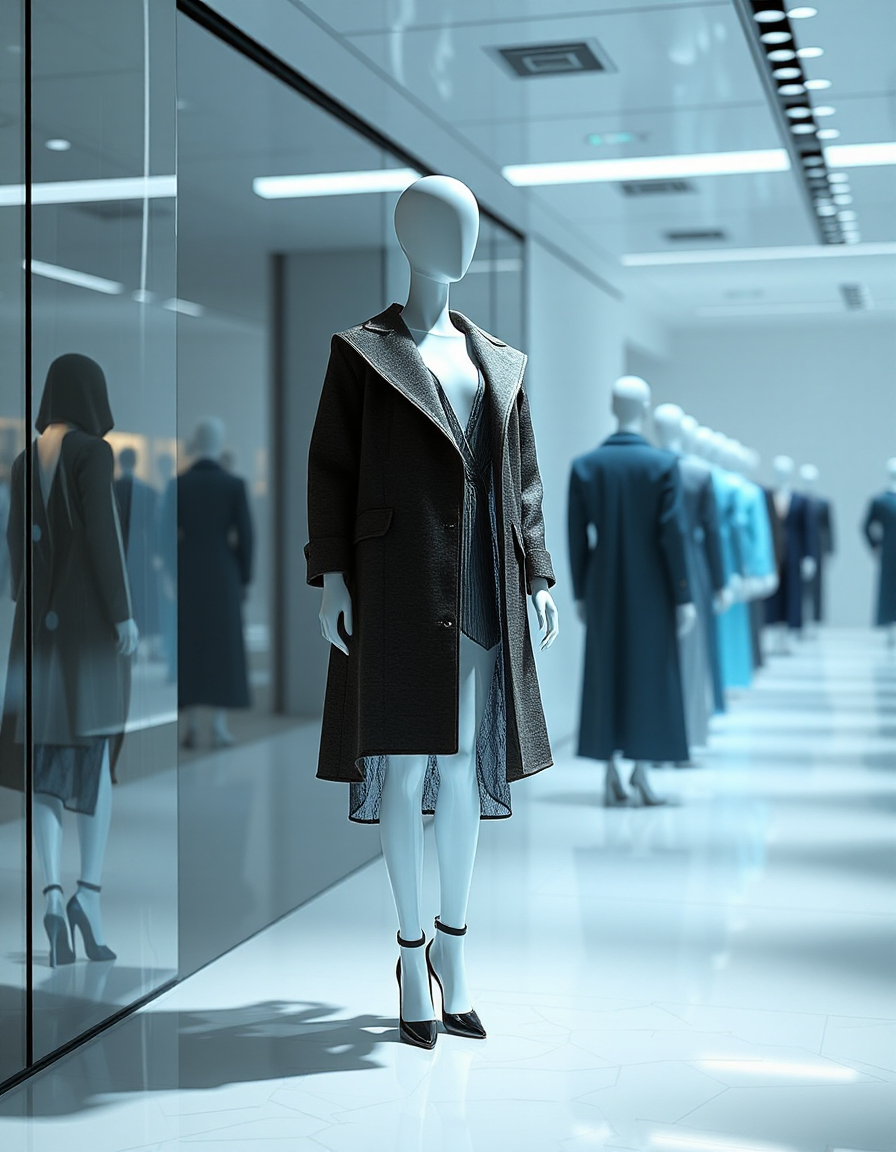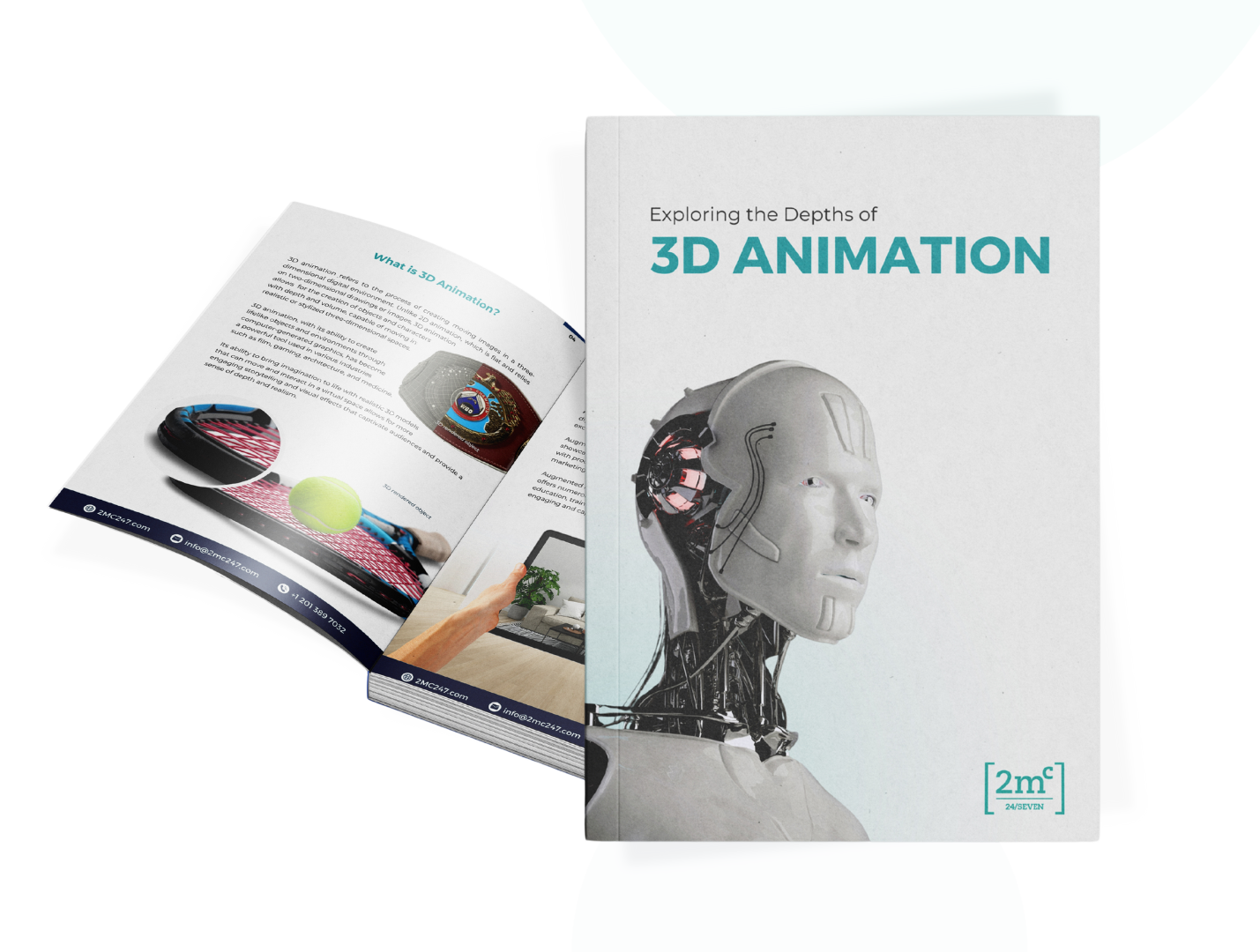Imagine a prospective client scrolling through an online store, trying to picture how a particular desk or chair would fit into their workspace. They’re struggling to visualize the color, scale, or how it might look alongside other office elements. This common scenario is why many office furniture retailers find themselves losing potential customers. The inability to bridge the gap between imagination and reality is a challenge—and 3D visualization is the solution.
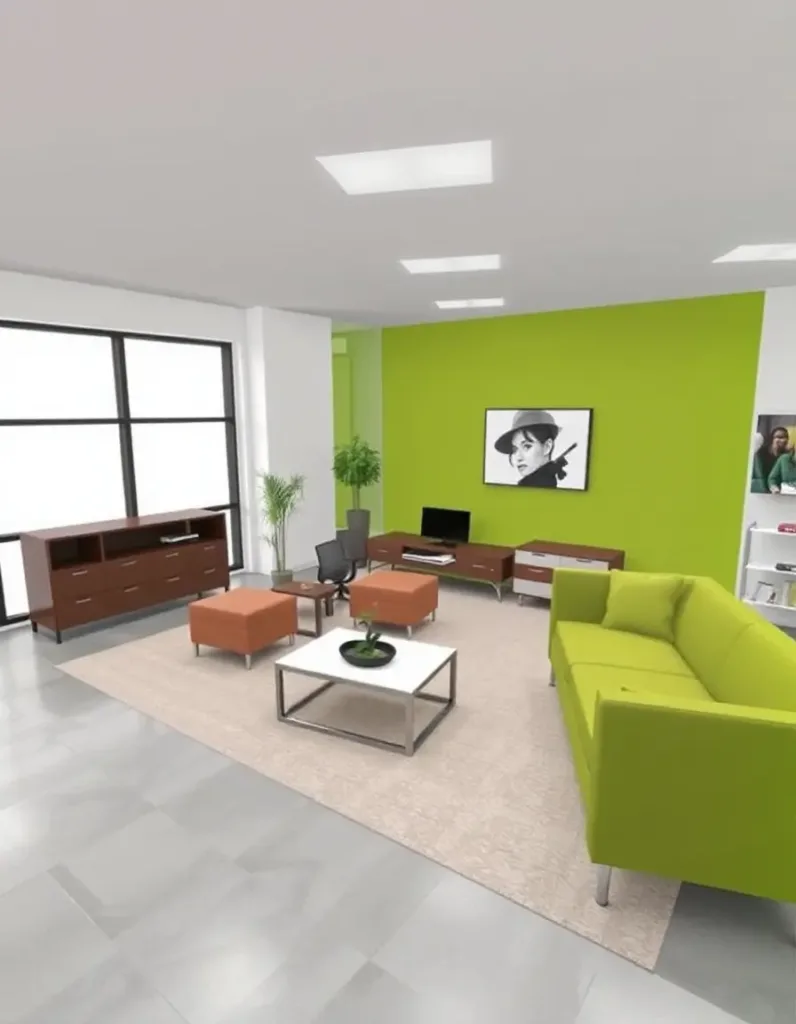
The Advantage of Realistic Office Furniture Visuals
3D visualization allows retailers to showcase their products with unparalleled clarity and detail. Customers can explore high-quality renderings, rotate the furniture, and even customize finishes and colors. This interactive experience boosts confidence in their purchase decisions, reducing hesitation and increasing sales.
Moreover, 3D visuals help convey the functionality of office furniture. For example, showcasing an ergonomic chair’s adjustable features or a modular desk’s versatility becomes much easier with animated renderings. These details, often lost in traditional 2D images, are brought to life in 3D, creating a more immersive shopping experience.
Reducing Return Rates Through Better Visualization
Returns can be a nightmare for retailers, especially when furniture is involved. High shipping costs and the hassle of dealing with bulky items make every return a costly affair. The primary reason behind many returns is a mismatch between customer expectations and the delivered product.
By offering realistic 3D renders, customers get an accurate idea of what they’re buying—whether it’s the exact shade of mahogany or the dimensions of a filing cabinet. Some retailers even provide AR integration, enabling customers to place a virtual version of the furniture in their space before purchase. These tools not only reduce return rates but also enhance customer satisfaction.
Standing Out in a Saturated Market
The office furniture market is crowded, with numerous retailers vying for attention. Relying on traditional product photography limits a retailer’s ability to stand out. 3D visualization offers a competitive edge by enabling dynamic presentations that are impossible to achieve with static images.
For instance, imagine presenting a fully furnished virtual office environment where customers can see how various furniture pieces complement each other. This approach turns a catalog into an engaging experience, capturing attention and driving conversions.
Building Long-Term Customer Loyalty
Investing in 3D visualization isn’t just about immediate sales; it’s about building trust. When customers feel confident about their purchases, they’re more likely to return for future needs. Retailers who adopt 3D technology send a message—they prioritize their customers’ experience and are committed to innovation.
How 2MC 24/7 Can Help
If you’re an office furniture retailer looking to stay ahead of the competition, 2MC 24/7 specializes in creating stunning 3D visuals tailored to your needs. Whether you’re launching a new product line or enhancing your online store, our team delivers high-quality renders, interactive configurators, and even AR/VR integrations that bring your furniture to life.
Ready to transform your business? Contact us today to learn how 2MC 24/7 can elevate your customer experience and boost your sales.
